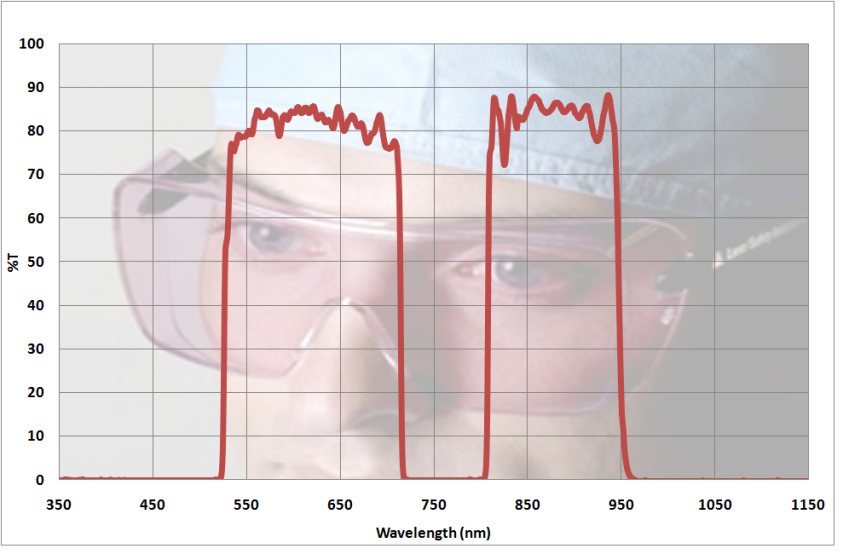
How optical filters near infrared can improve tumour detection
Optical filters near infrared could be used to create cancer-detecting goggles, allowing surgeons to spot tumours in real time, according to research from the US.
Optical filters to detect cancer cells early
A study in the Optical Society’s academic journal Optics Letters outlines the process, which combines optical filters near infrared for the detection of marked cancer cells with ordinary visible light to see the shape and contours of the affected tissue.
The team behind the innovation, including academics at the University of Arizona and Washington University in St Louis, say the lens and its attached filter – which together measure only the size of a small coin – could be incorporated into a handheld detector, or even into wearable goggles.
Rongguang Liang, associate professor of optical sciences at the University of Arizona, says: “Dual modality is the path forward because it has significant advantages over single modality.”
Innovative single lens design with two apertures
In designing the lens, the team faced the challenge of needing a wide aperture to allow enough near infrared light in, but a narrow enough aperture to retain good depth of field in the visible light spectrum.
Their elegant solution includes a central aperture with an outer ring that only allows near infrared wavelengths through – effectively creating a single lens with two different apertures for different wavelengths of light.

